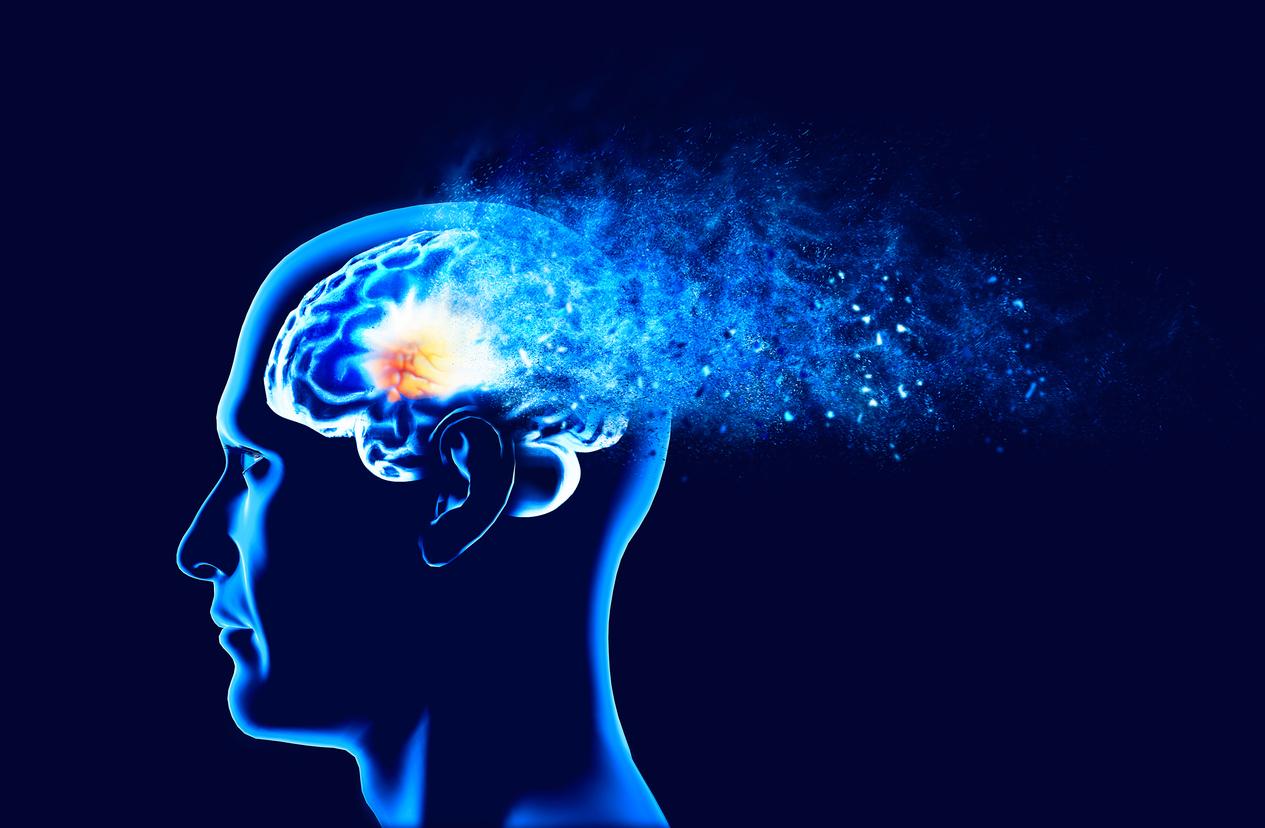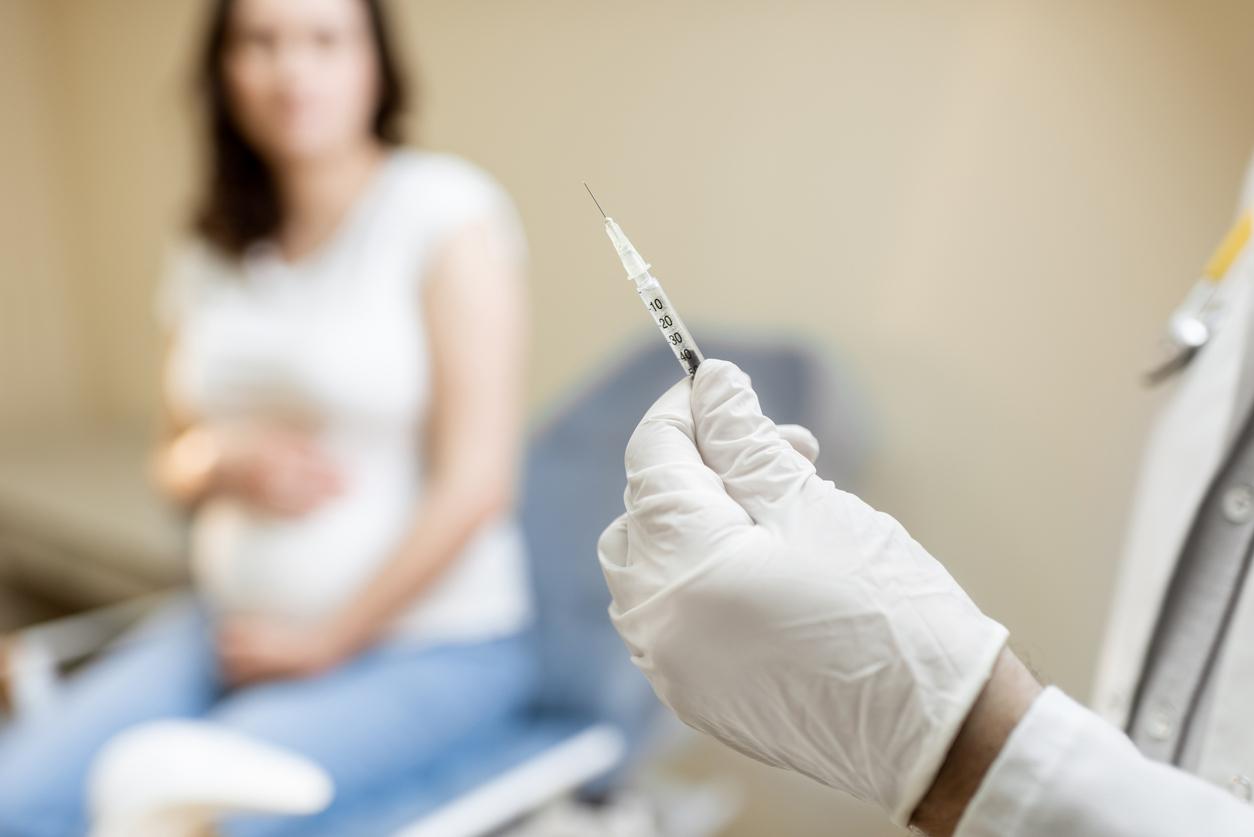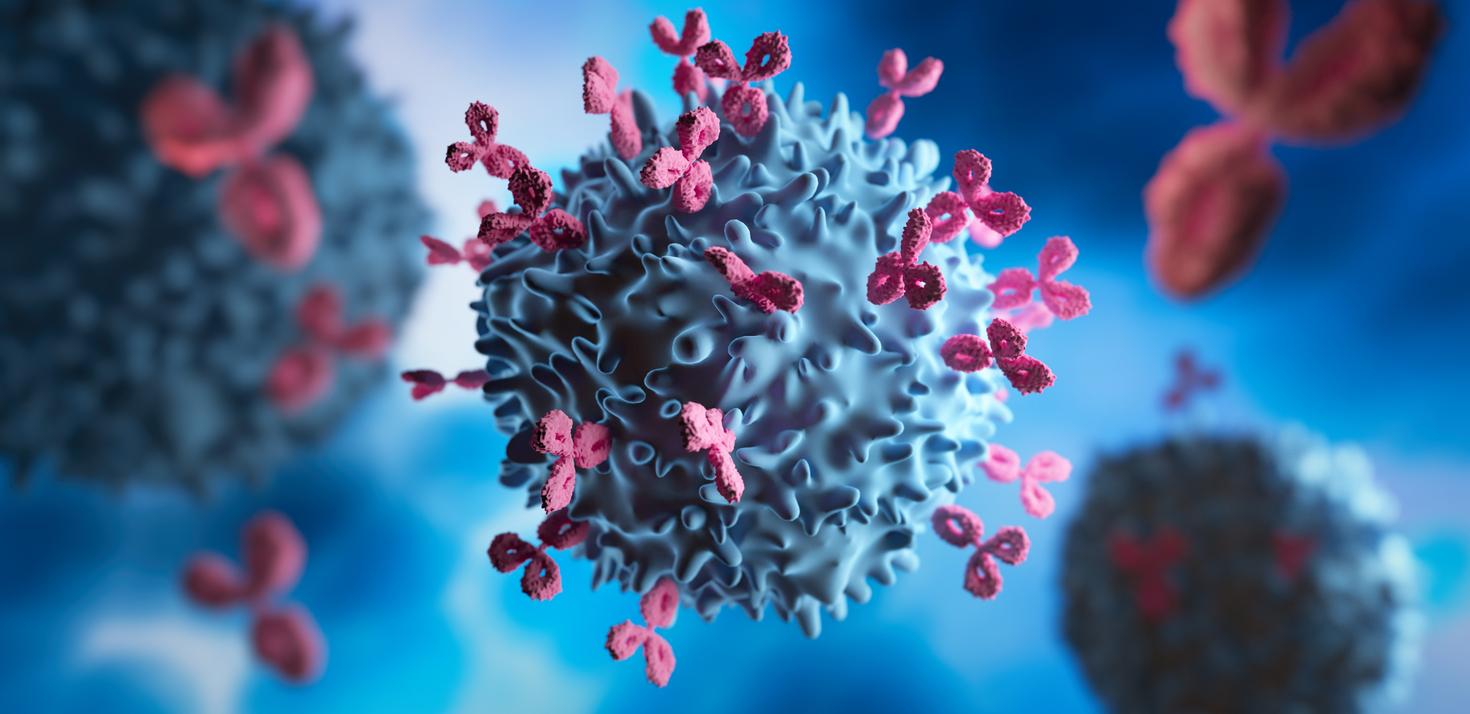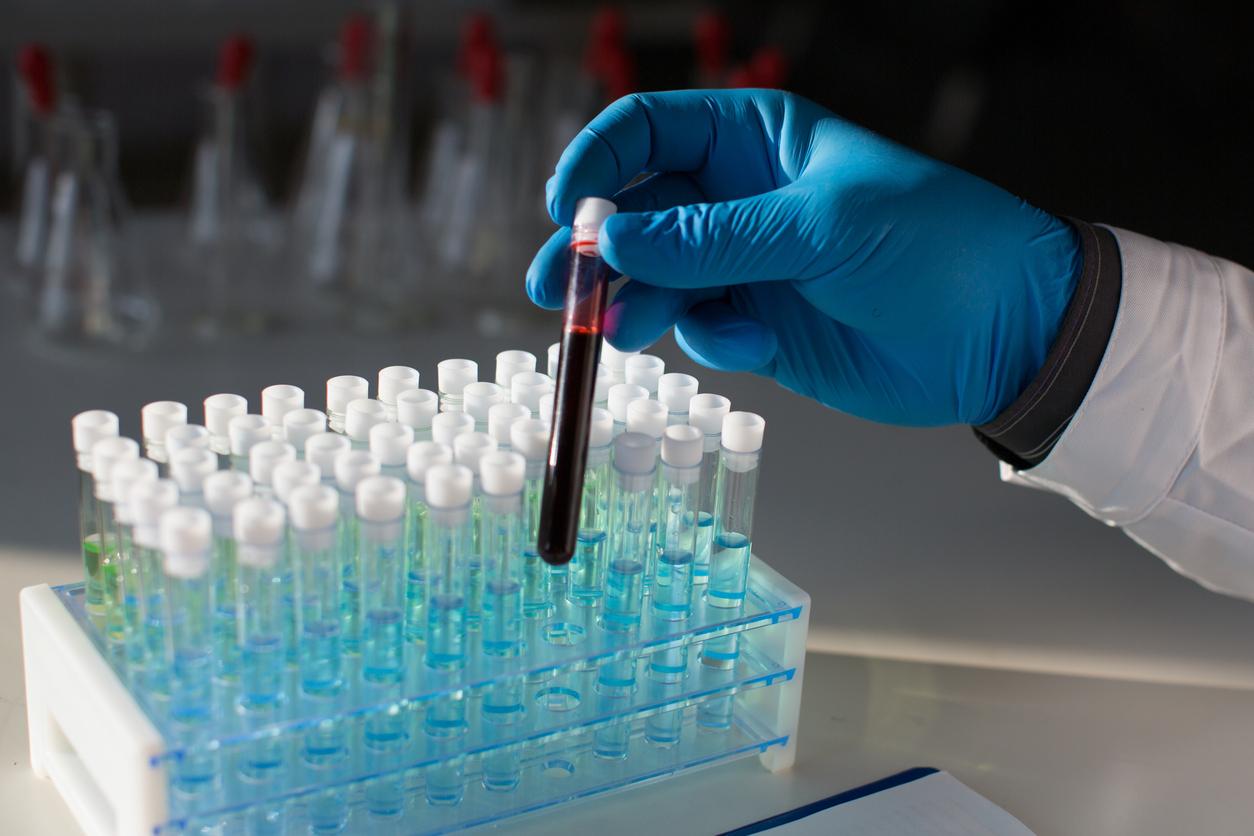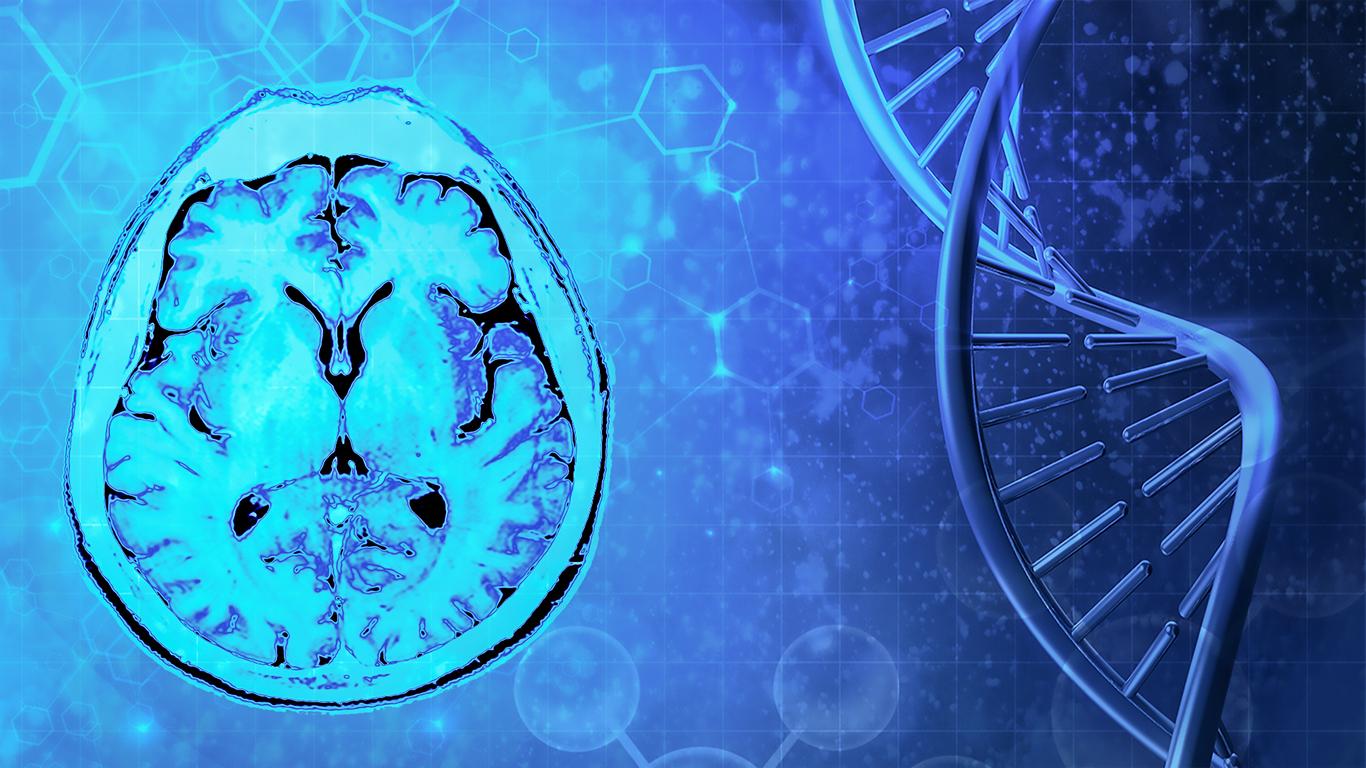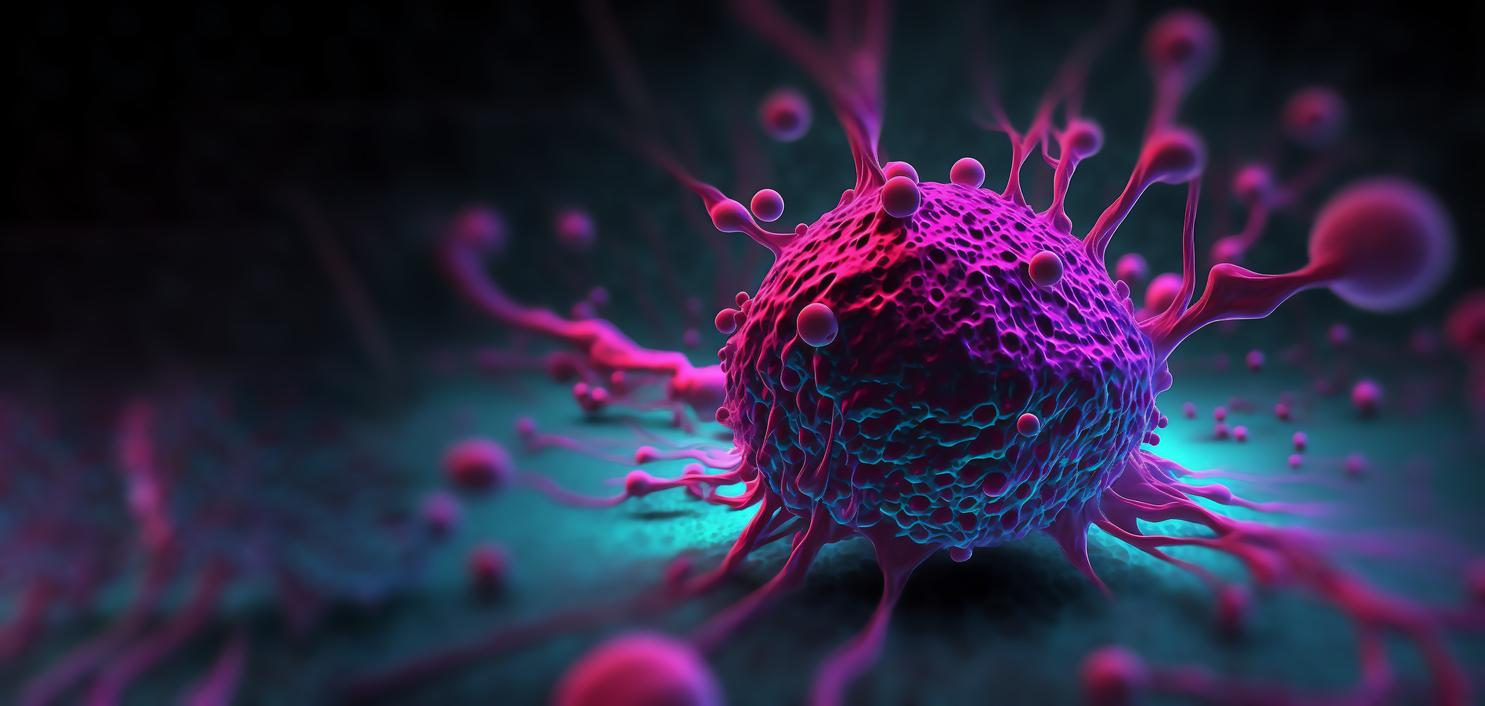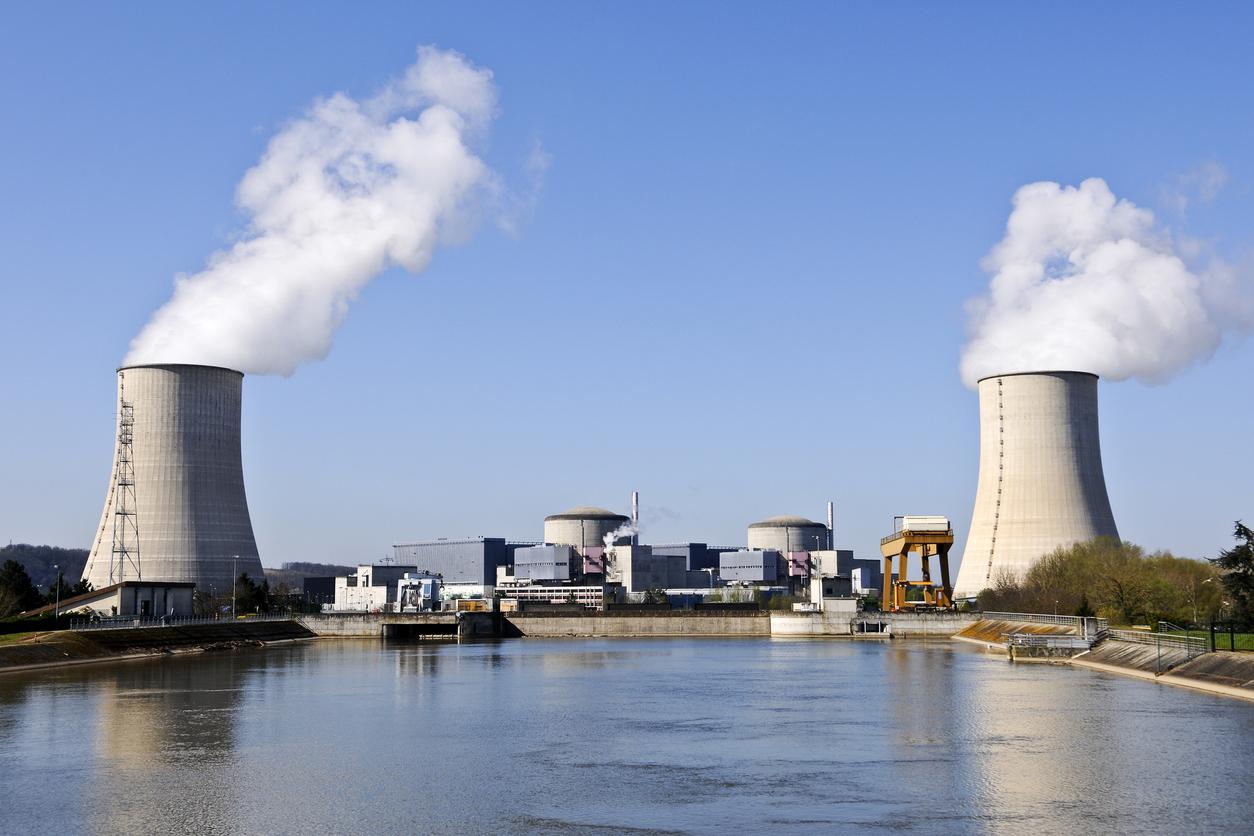A gene that causes cell death can lead to Parkinson’s disease when it acts on brain cells that control body movement.

It is the “selective sorting” gene in the complex process of cell life in the human body. It’s called ATP 13A2 and the effects of one of its defects have just been identified by researchers at KU Leuven, a Belgian university in Leuven, as a possible cause of tremors in Parkinson’s disease.
When all is well, it is this gene that transports polyamines, essential molecules that protect cells under stressful conditions, into the cells. A transport that takes place thanks to a recycling “airlock” called the lysosome, which acts as a cellular garbage can in which non-functional molecules are eliminated before actually penetrating inside the cell.
A recycling airlock
However, in the case of a mutation of the ATP 13A2 gene, this process stops in the recycling airlock, the lysosome, where the polyamines accumulate to the point of causing it to swell and burst. This causes cell death.
“When this happens in cells in the part of the brain that controls body movement, it can trigger phenomena like the tremors linked to Parkinson’s disease,” says Peter Vangheluwe, a member of the Cellular Transport Systems Laboratory at the KU Leuven.
Twenty genetic defects linked to the disease
If the identification of this process linked to a mutation of the ATP 13A2 gene sheds new light on the causes of Parkinson’s disease, it does not however explain on its own, as the KU Leuven researchers themselves admit. The other defects that “sign” this disease such as the accumulation of plaques in the brain and the dysfunction of the mitochondria which are the cells’ energy source.
Twenty genetic defects are already known to be linked to Parkinson’s disease, a neurodegenerative disorder that affects more than 6 million people worldwide. The role of ATP 13A2 had already been noted, but the discovery of its function in the cell explains how one of its possible mutations can be one of the elements that causes the disease.
If this represents a real advance, it is also because researchers believe that these polyamine transporters also play a role – which remains to be defined – in other age-related pathologies, in particular cancer, cardiovascular diseases and neurological disorders.

.



